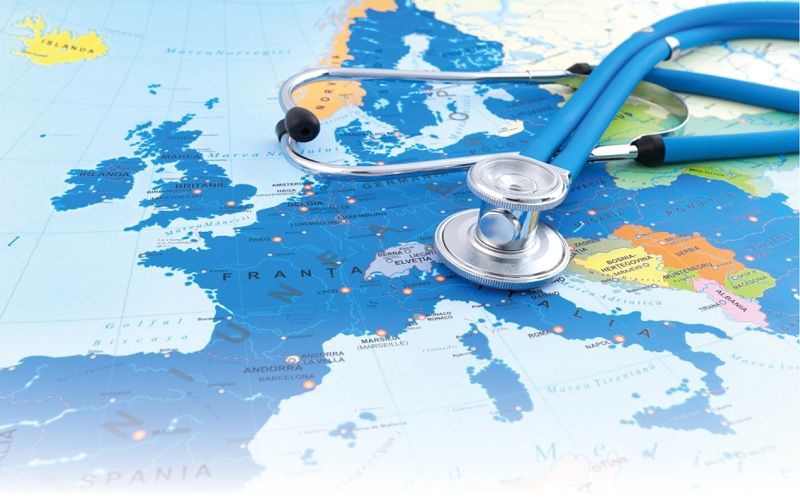In an era marked by global connectivity, the healthcare landscape is witnessing a transformative phenomenon known as medical tourism. The United States stands as a beacon among the myriad destinations, attracting individuals seeking world-class medical treatments and an experience that transcends borders. This article delves into the dynamics of medical tourism in the U.S., unravelling the facets that make it a prime choice for those pursuing quality healthcare. Within this tapestry, a crucial aspect intertwines seamlessly – the role of health insurance and its evolving significance in cross-border medical journeys.
What Is Medical Tourism?
Initially utilised by those from developing nations seeking adequate care, medical tourism has evolved to include individuals from developed countries pursuing cost-effective and high-quality options abroad.
Medical Tourism In The United States
The U.S. is a leading destination, leveraging its scientific prowess and cutting-edge medical technologies. Recognised for cancer treatments, cosmetic surgery, and transplants, the U.S. is esteemed despite higher costs than some Asian nations.
Why Medical Travel Is Necessary
Diverse healthcare needs to drive the necessity of medical tourism. Access to higher-quality services, budget-friendly options, and seeking prohibited treatments are vital reasons. Additionally, travelling for specific expert care, combining treatment with vacations, and addressing mental health contribute to the demand.
Types Of Medical Tourism
Medical tourism encompasses outbound (home country to foreign), inbound (foreign to home country), and domestic travel (within one’s nation) for medical purposes.
Considerations For U.S. Medical Tourism
1. Healthcare Costs:
Despite premium pricing, the U.S. offers a more affordable range than certain European countries. Procedures like heart valve replacement and spinal fusion showcase the cost range.
2. Quality Of Healthcare:
U.S. network hospitals ensure top-notch care supported by advanced technologies and research.
Government initiatives focus on elevating healthcare standards with well-trained healthcare teams.
3. Infrastructure And Facilities:
Ambulatory Surgical Centers, blood banks, imaging centres, and modern medical devices enhance healthcare infrastructure. The U.S. boasts over 6,000 network hospitals, providing diverse options for medical tourists.
Highlighting Medical Specialities Available In The U.S.:
Cancer Treatment
Cardiology
Ophthalmology
Spine Surgery
Gynaecology
Cosmetic Surgery
Advice For U.S. Medical Travelers
Research extensively, select suitable network hospitals based on needs and budget, review network hospital feedback and prices, communicate directly with healthcare providers, and consider a medical travel planner for accommodation arrangements.
As we traverse the intricate terrain of medical tourism in the United States, the significance of health insurance emerges as a pivotal thread. The choice to seek medical treatments beyond one’s national boundaries is a testament to the globalised healthcare ecosystem and the evolving nature of health insurance. Families navigating the complexities of health insurance plans find themselves at the crossroads of quality care and financial considerations.
As we conclude our article, it becomes apparent that the narrative of medical tourism is intricately linked with having a good insurance policy and then doing the process for health insurance renewal on time. The journey towards wellness, spanning international borders, necessitates careful consideration of medical options and a nuanced understanding of health insurance plans for families – a compass guiding individuals towards a future where healthcare knows no bounds. *
Subscribe to Bajaj Allianz General Insurance YouTube Channel here!
*Standard T&C Apply
Insurance is the subject matter of solicitation. For more details on benefits, exclusions, limitations, terms, and conditions, please read the sales brochure/policy wording carefully before concluding a sale.

